Born in Connecticut, Henry B. Plant (1819-1899) founded the Plant System comprised of railroads, steamships, and hotels. His wife, Ellen Blackstone, was in poor health and her physician recommended that the family move south to warmer weather. Unfortunately, she died in 1861 and Plant would subsequently marry Margaret Loughman in 1873.
Plant bought multiple small railroad companies after the Civil War eventually connecting the southeastern states of GA, AL, SC, and FL. He also built his transportation system with steamships from Nova Scotia to Cuba and then eight Florida hotels. The combination of these factors established the west coast of FL as a commercial shipping hub and tourist destination.
The Tampa Bay Hotel (opened in 1891) was his flagship, luxury hotel, that brought the rich and famous of the time to the beautiful warm, winter, weather in Florida. A New York architect, J. A. Wood designed the hotel in the style of a Moorish palace to accentuate its exotic (at the time) location.
The cost was a shocking $2.5 million to construct and another $.5M to furnish. Considered very modern at the time, it had electric lighting, private baths, hot/cold running water, fireplaces in every guest room, telephones and elevators.
With 511 guest rooms, 275-300 servants were needed to tend to the guests when it was open (December through April). Various activities were available for guests including hunting, fishing, golf, tennis, shuffleboard, horse racing, dancing, boating, and swimming. Women often joined their husbands in hunting and fishing, but some chose more leisurely activities such as afternoon tea, a stroll on the grounds (garden ornaments shown below), or a concert in the Music Room.
The hotel was furnished with opulent pieces of the Gilded Age that were inspired by the great civilizations of Roman, Greek and the Renaissance. Plant and his wife, Margaret, purchased the furnishings when traveling in Europe while the hotel was under construction. Their purchases of sculptures, Oriental floor vases (that I loved!), French clocks, paintings, Louis XV-style furniture, tapestries and more filled 41 train cars!
Twenty Venetian-style mirrors remain today in the museum's collection. The large beveled-glass mirrors with ornate frames helped to illuminate the corridors of the hotel.
This work of art (called a polyptych) hung in the Music Room behind the orchestra. The paintings on the panels appropriately represent wine, woman, and song.
The Parlor Suite was one of the most luxurious accommodations in the hotel. With three rooms (bedroom, library room, and music room plus bath), the bedroom is directly under one of the minarets. The position of the windows provided a cross-breeze in the bedroom. With a hallway between the music room and other two rooms, there was a private exit to the gardens. The hotel had 12 pianos (on wheels) that could be delivered to guests rooms upon request. If the guest could not play the piano, a musician would also be sent to provide musical entertainment. Can you imagine?
The Reading and Writing Room, has been restored to its original appearance in 1891. The large windows, high ceilings, and mirrors made the room bright and welcoming.
Below is one of the beautiful stairwells in the hotel (although upper floors are not part of the museum). The best accommodations were found on the first and second floors. At first glance I thought this large wooden cabinet was an armoire, but it is "mop closet" that had a wet sink and provided storage for brooms and mops and were found on each floor.
The Tampa Bay Hotel served as the headquarters of the US Army during the Spanish-American War (1898-1902). Plant's trains were used to bring troops to Tampa and his steamships to transport them to Cuba. While officers and war correspondents stayed in luxury at the hotel, the enlisted men were stuck in tents in stifling weather, had spoiled food, and endured lots of mosquitos. A room in the museum provides insight into those years.
Gasparilla: A Tampa Tradition is a special exhibit on display now at the museum. This event has been held annually since 1904 here celebrating the legendary pirate captain, Jose Gaspar, who supposedly operated along the west coast of FL. There are many pirate-themed activities including multiple parades (with floats), re-enactment of a pirate invasion, a music festival, etc., over two weekends.
The exhibit had trophies, photos, memorabilia, dresses of past festival queens, and king/queen coronation robes.
The Children's Gasparilla Extravaganza was held January 21 and the Pirate Fest Street Festival (featuring live music, food, entertainment and the main parade) is at 2 pm January 28, 2017. Click on this link for additional details about year's schedule of events: www.visittampabay.com/tampa-events/gasparilla-season/gasparilla-pirate-fest/.
Next we made a quick stop at the Museum's gift shop before existing the museum to check out the part of the old hotel that is now the administrative offices of the University of Tampa.
The sculpture, Transportation, by George Gray Barnard was commissioned by Plant's widow after his death. It is also known as the Henry Bradley Plant Memorial Fountain and features a ship, train, and other images representative of his extensive business holdings. It sits atop a fountain with water lilies.
The original entrance to the Tampa Bay Hotel is now the entrance to the administrative offices of the University of Tampa. Sculptures original to the hotel remain in the lobby. The main dining room for the hotel was also located in this part of the building and is used today for campus events.
For the 40 years that the hotel was open, guests could enjoy the game room, bar, and cafe in the basement (Rathskeller). Today, there is a Boar's Head Cafe and Starbucks in the basement, still called the Rathskeller. The minarets on the north side of the hotel can be seen from this location.
I have visited Tampa many times for both business and pleasure in the past, but this is the first time I learned about the history of the town. This museum is well worth the visit and is not too large, so you can see it in 1.5 hours or so. We watched the 14-minute introductory video when we first arrived that I would also recommend. I don't know about you, but I find it fascinating to imagine what life must have been like at the turn of the century (well, for the very wealthy here).
Admission to the museum is $10/adults and $7/seniors (65+). For additional information about the hours of operation, exhibits, etc., check it out online www.ut.edu/plantmuseum/.
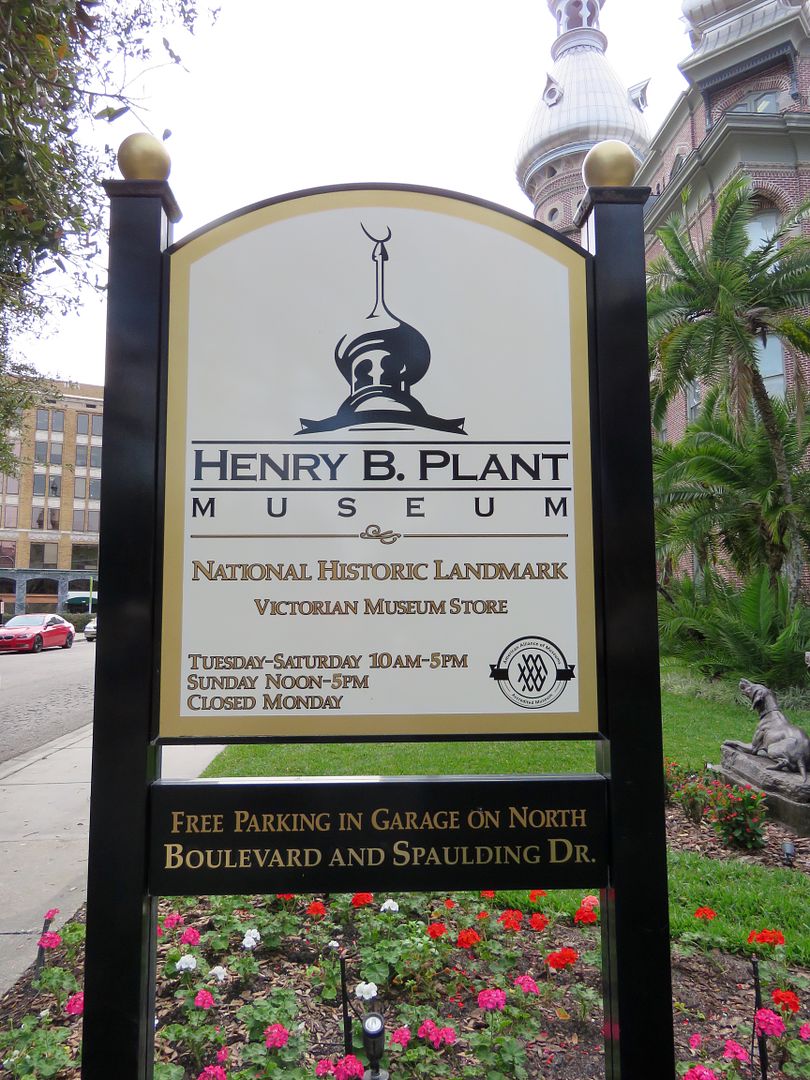

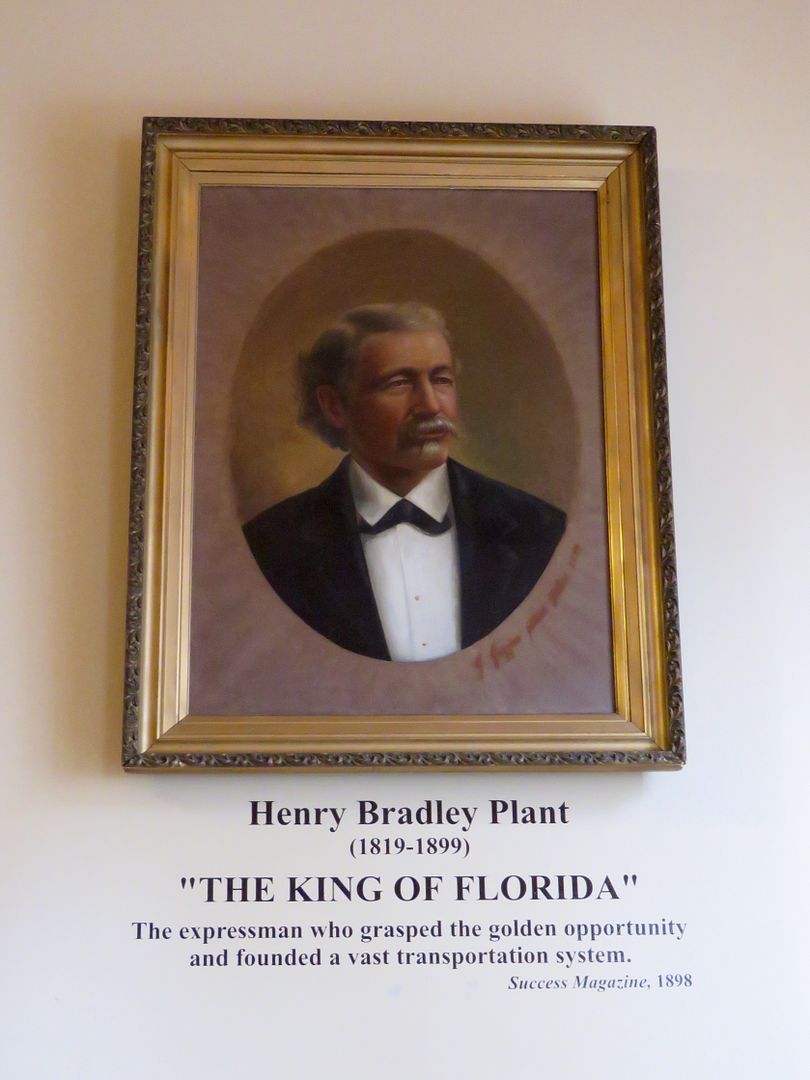
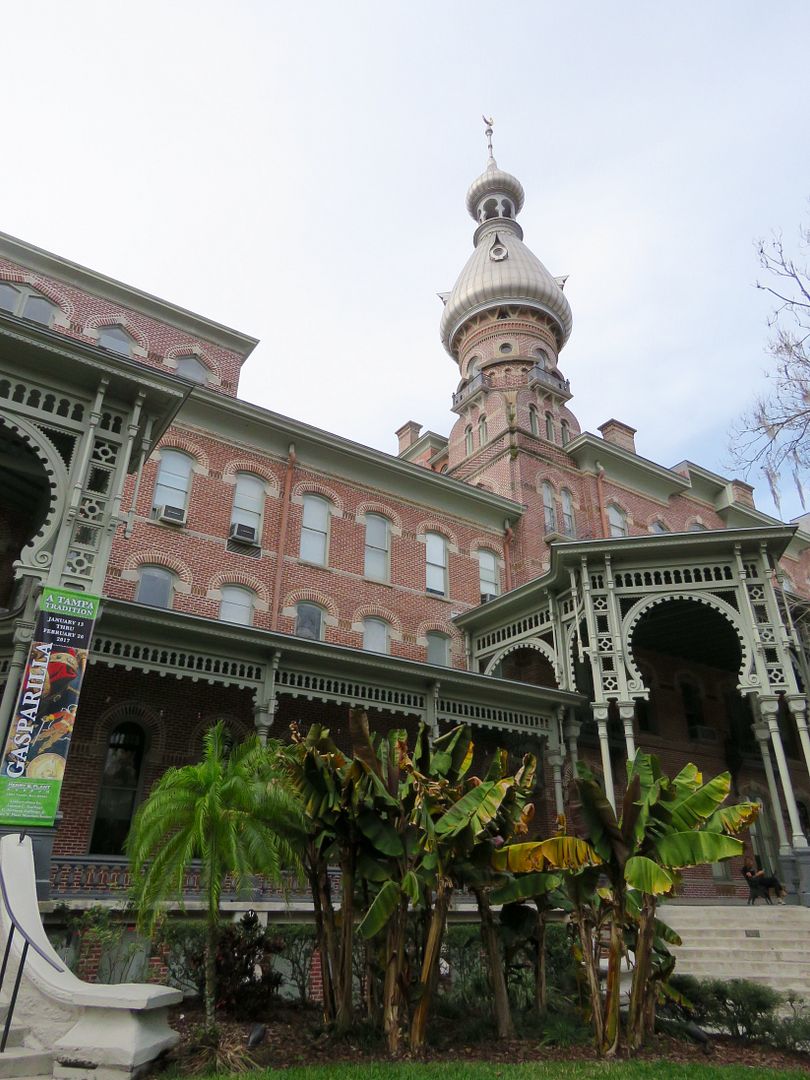

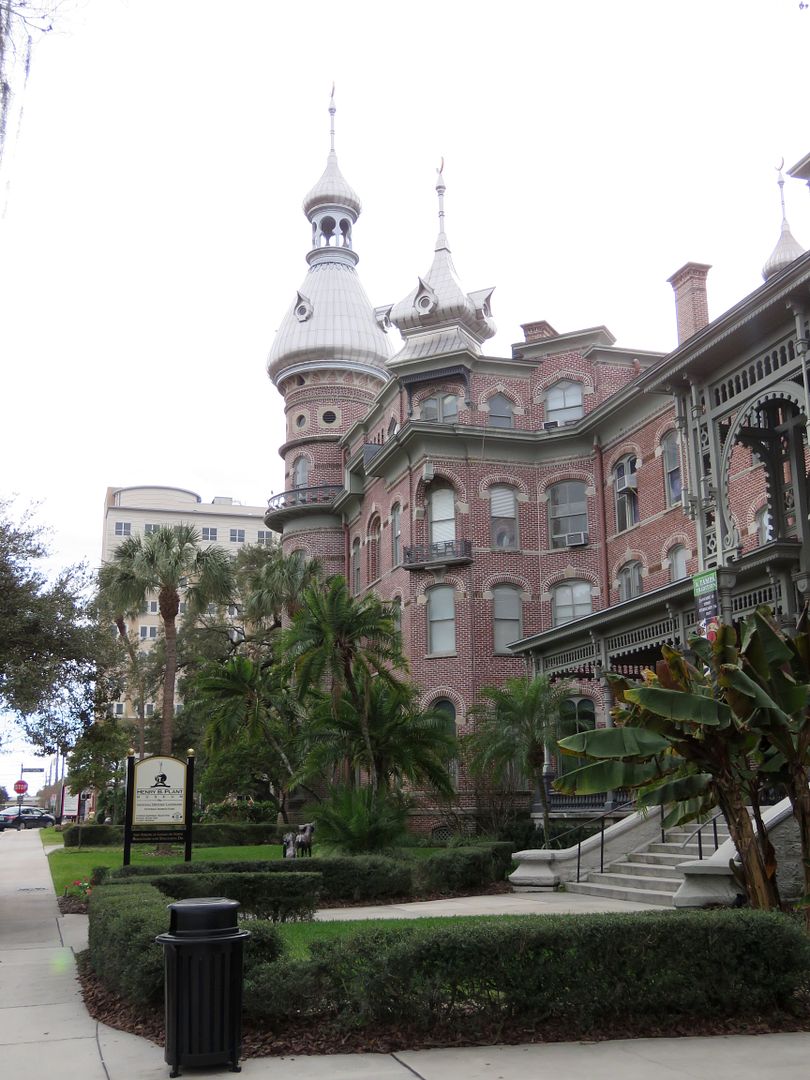
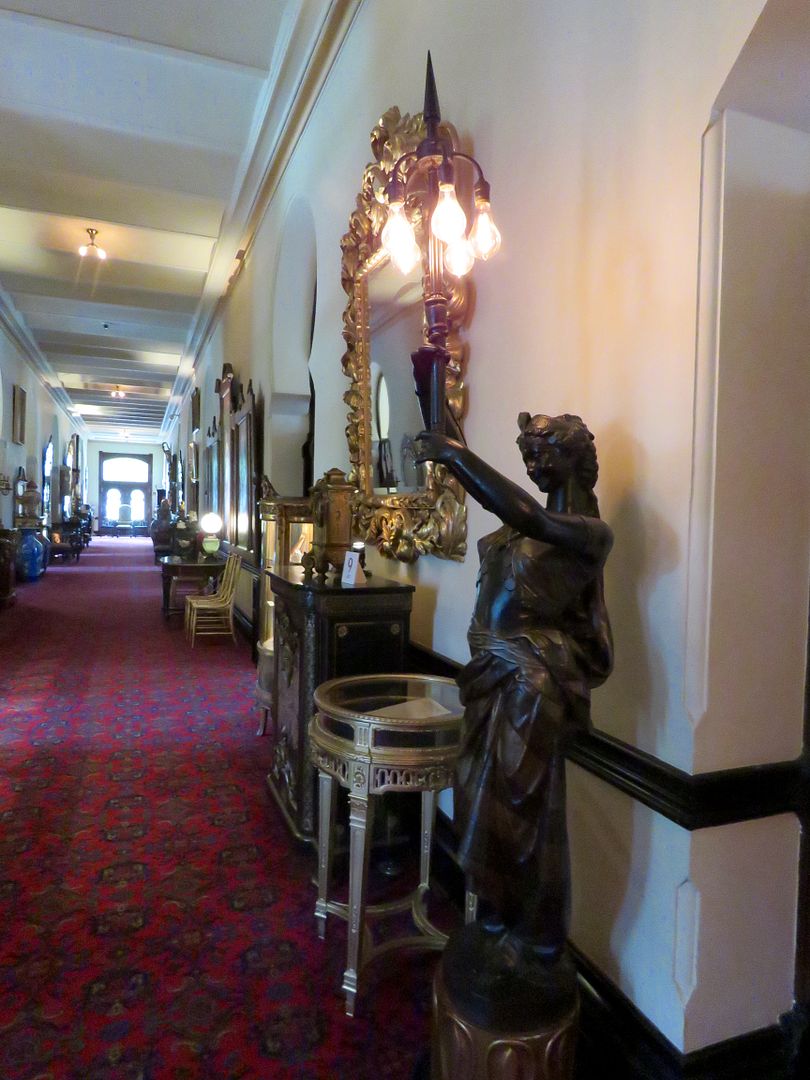

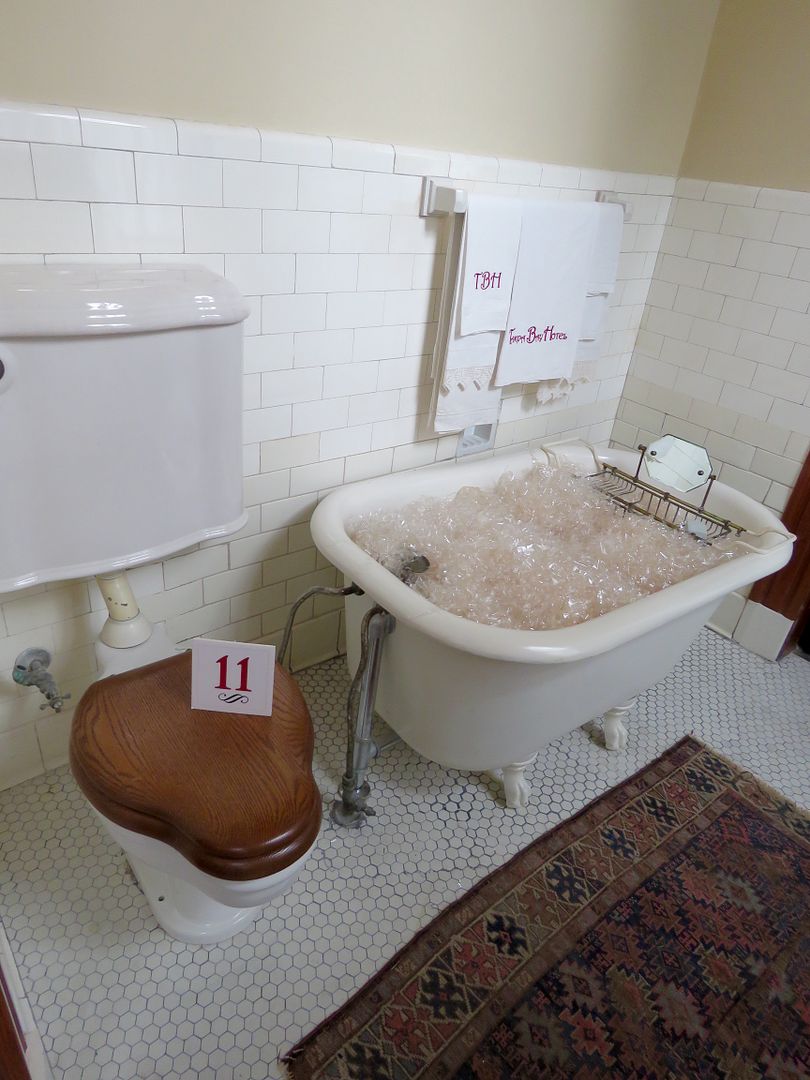
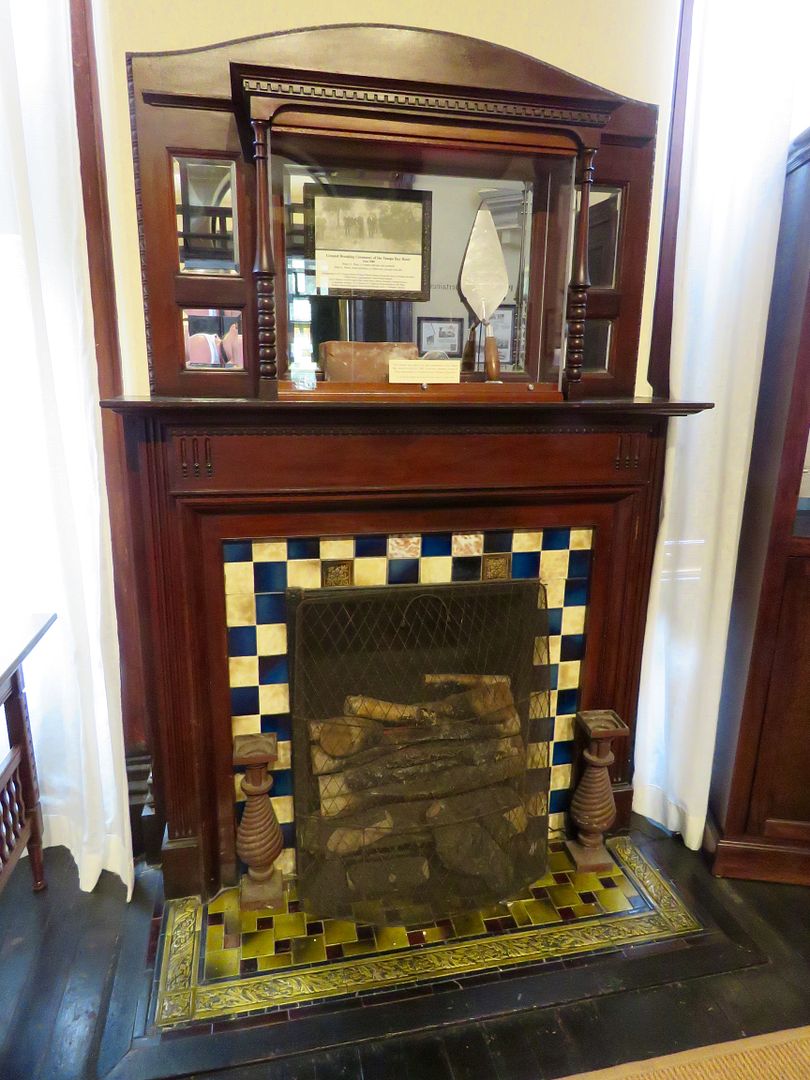
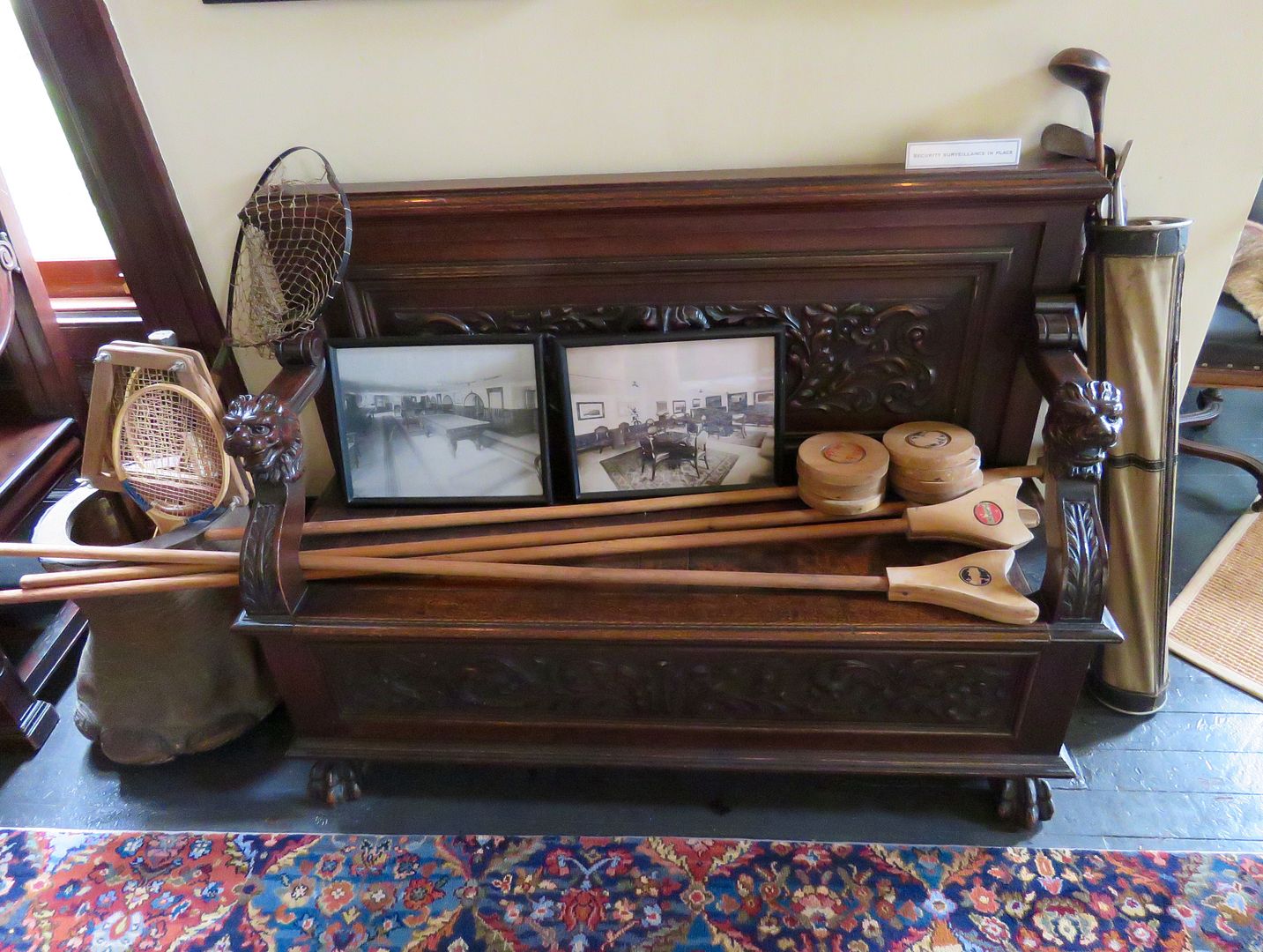
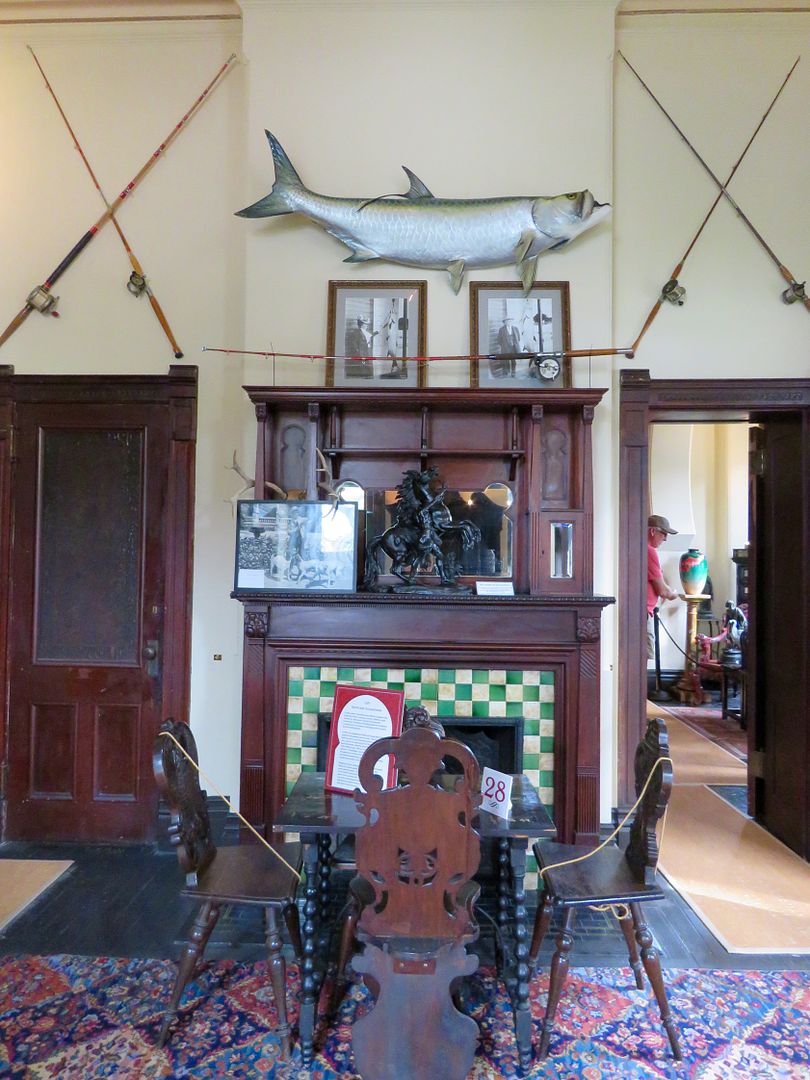
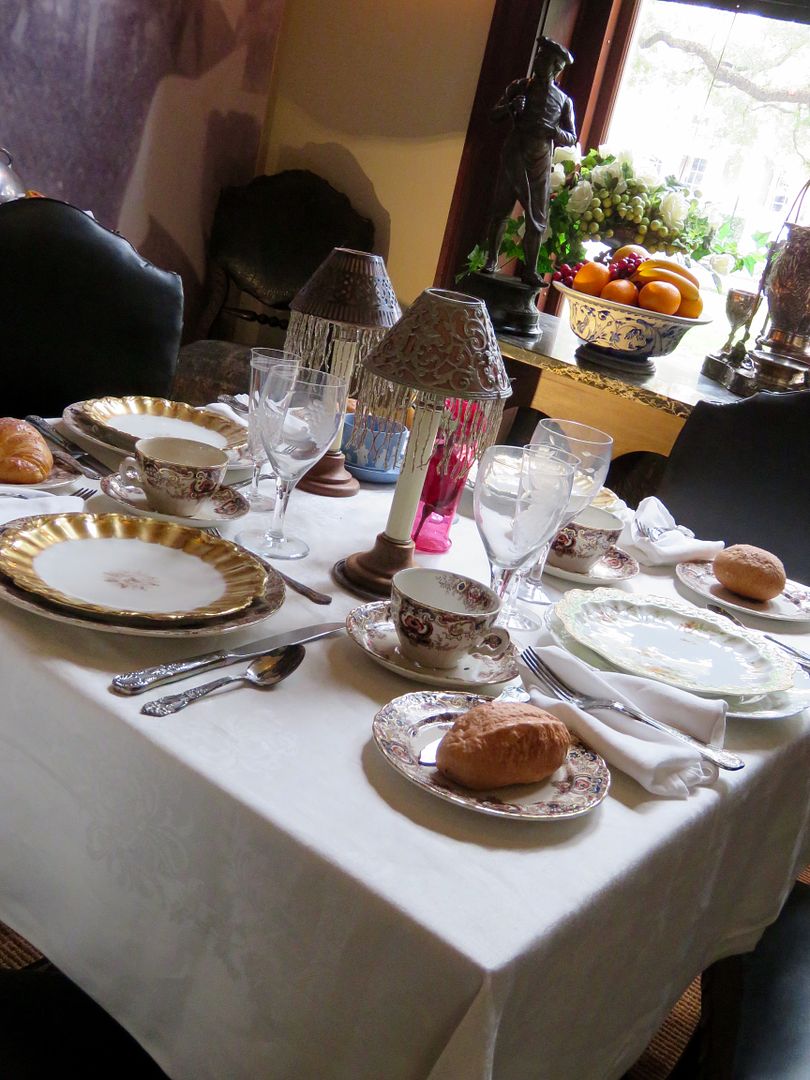

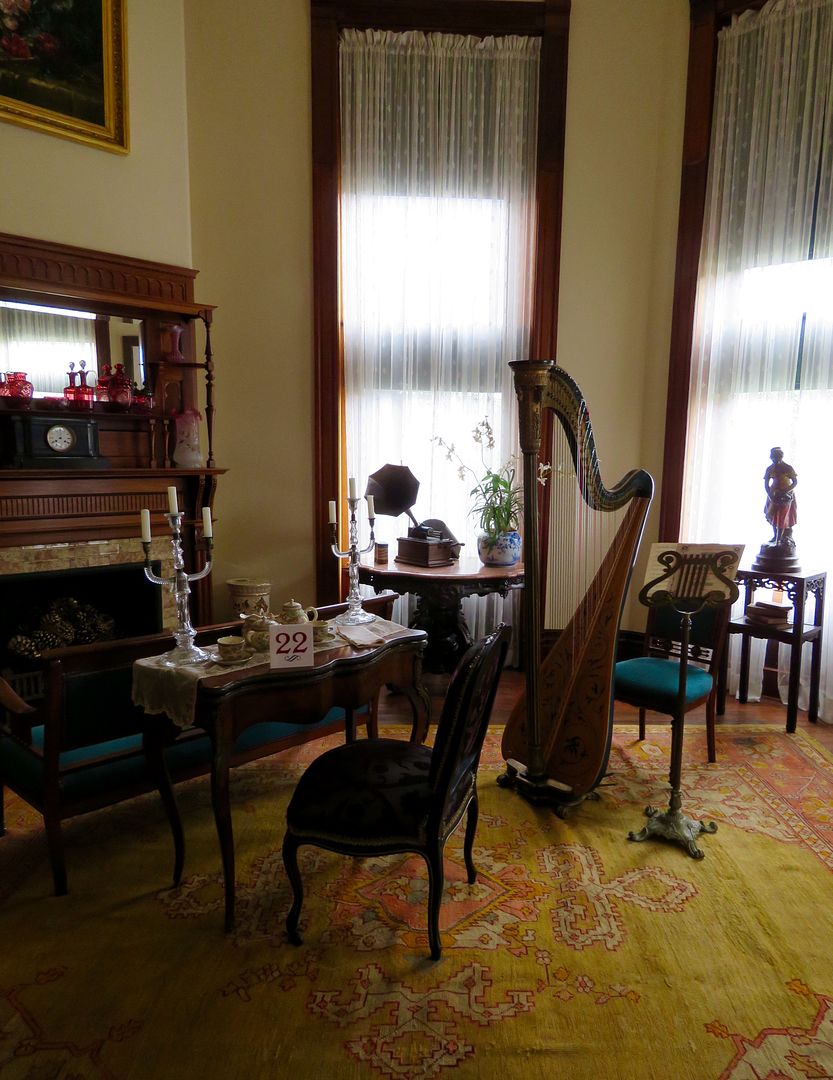
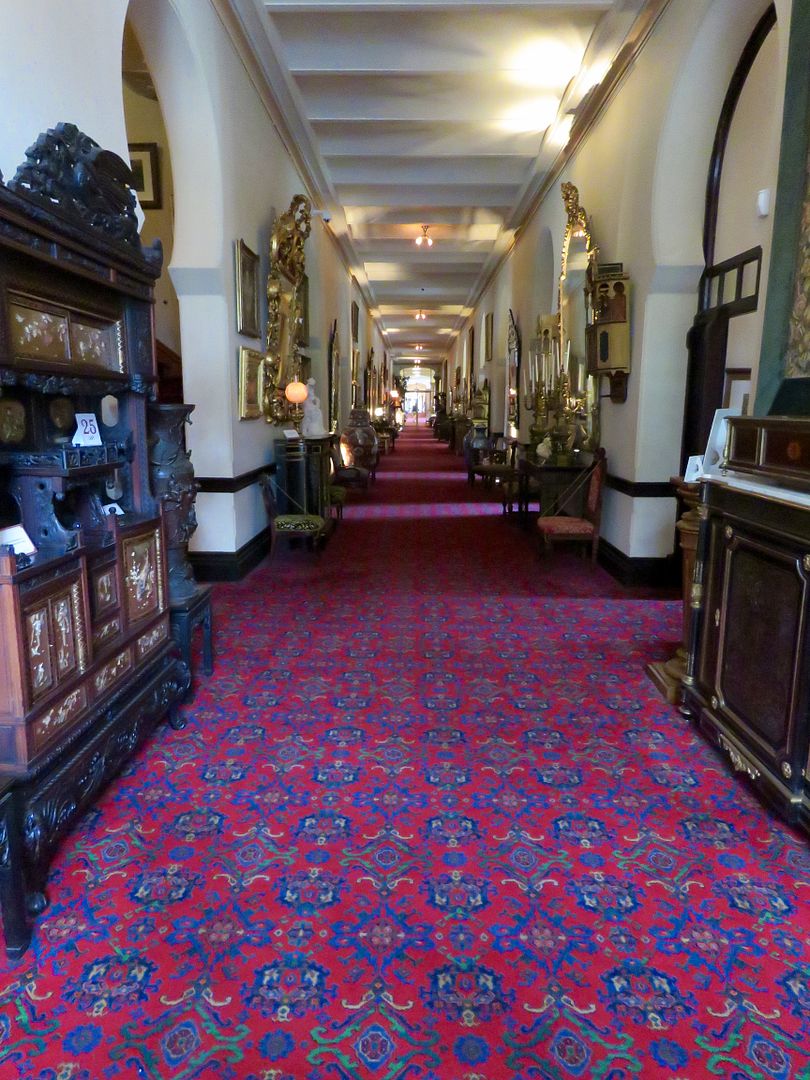
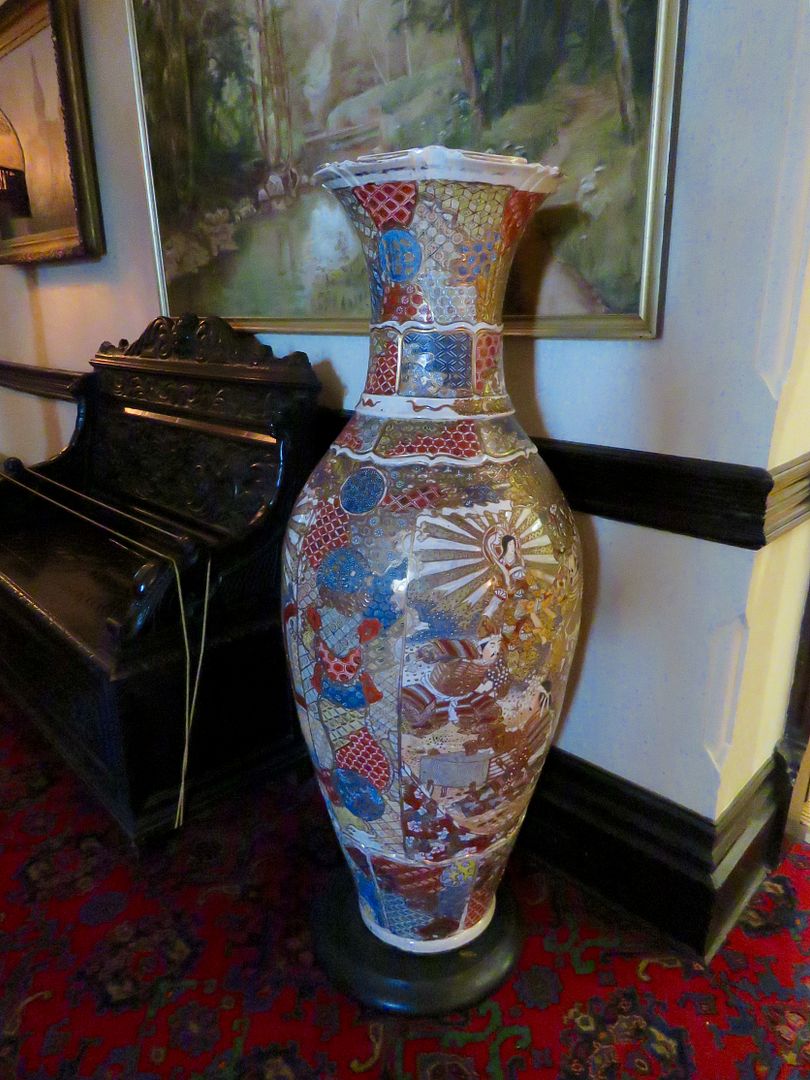

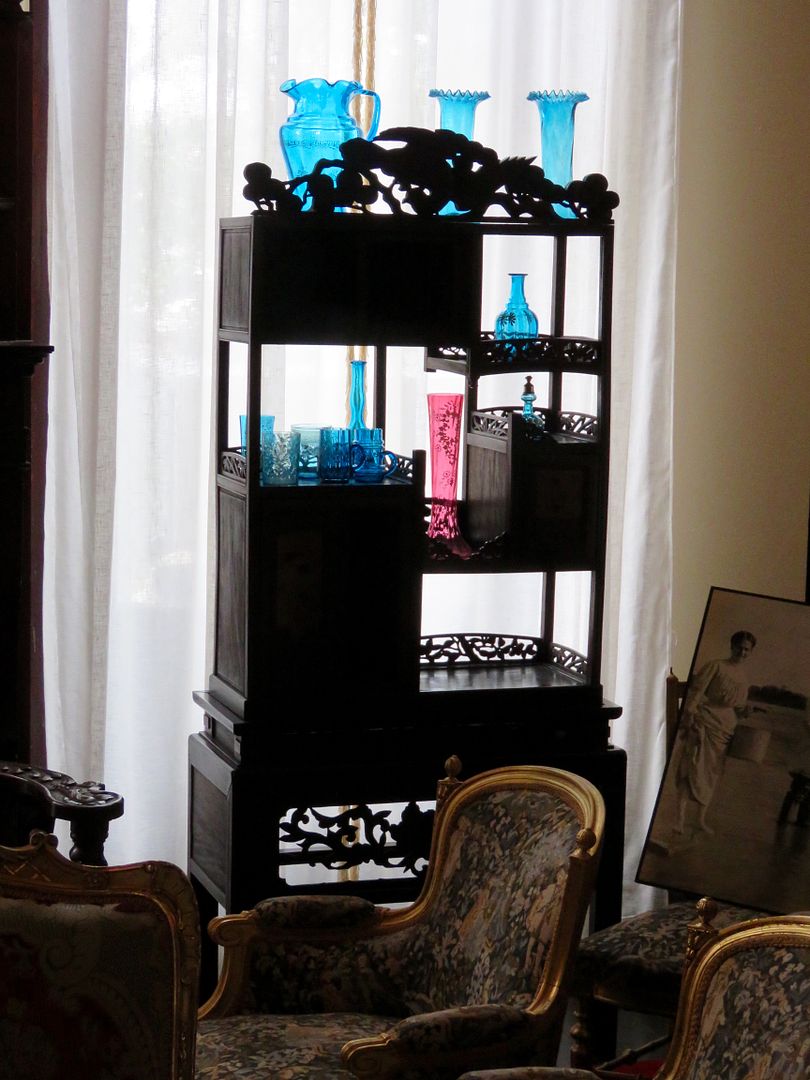
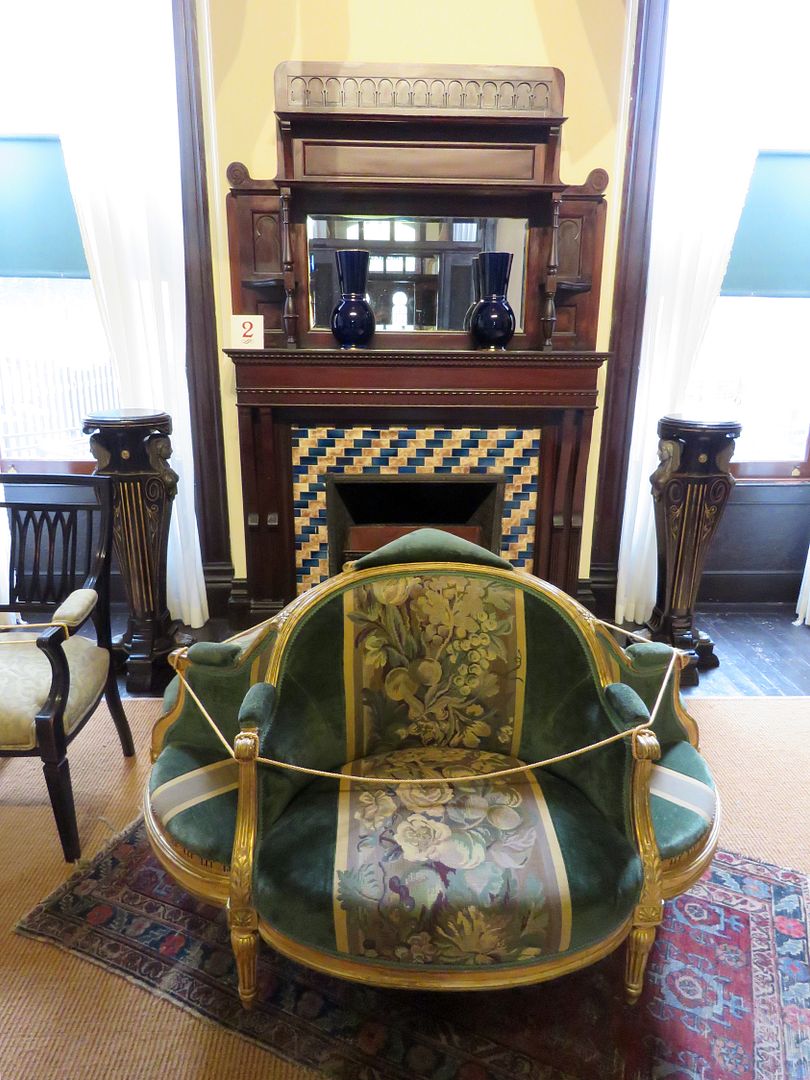

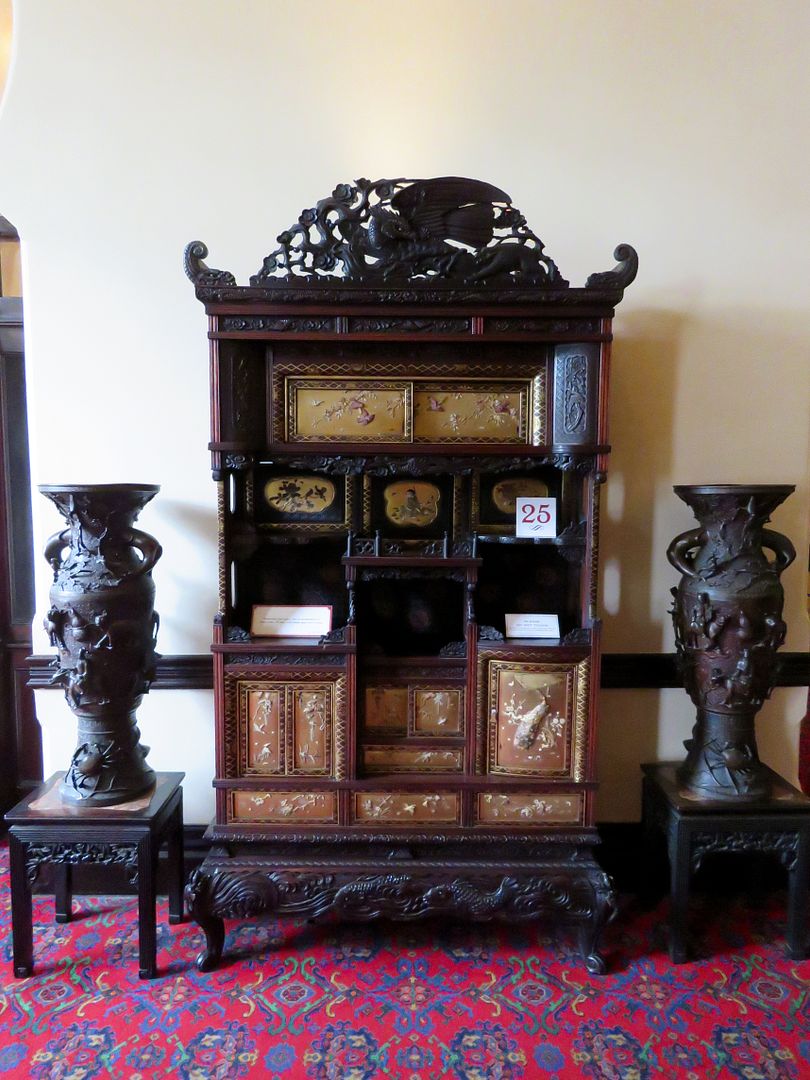
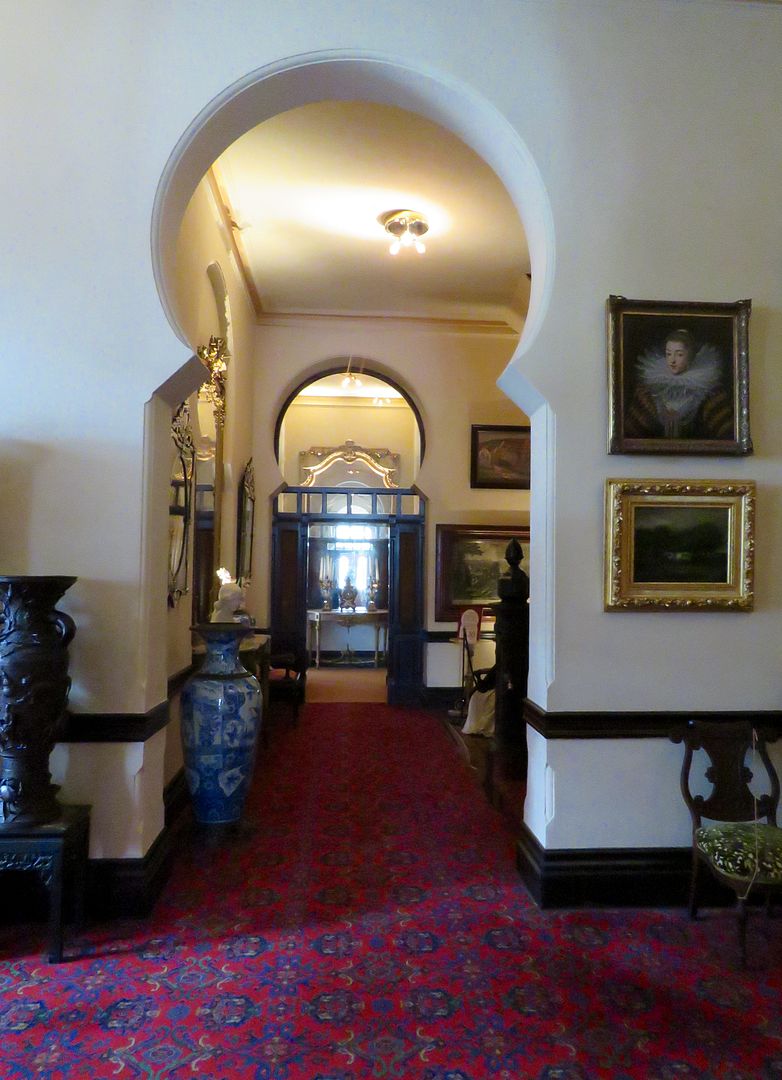

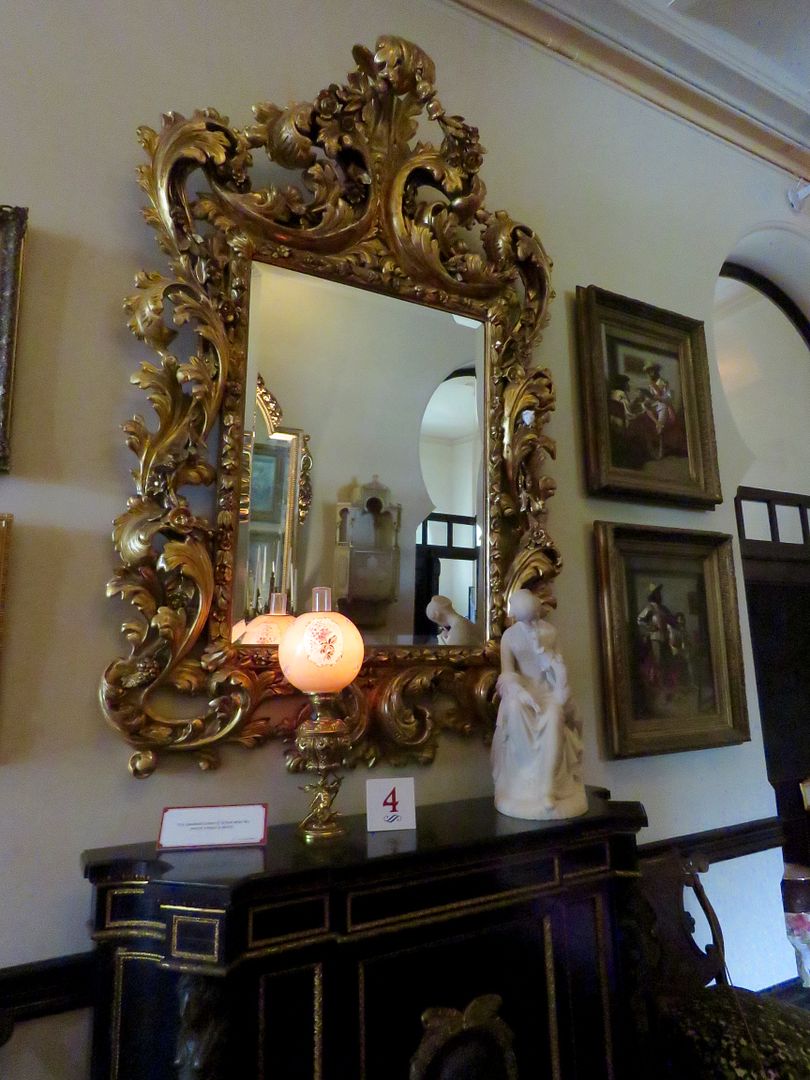
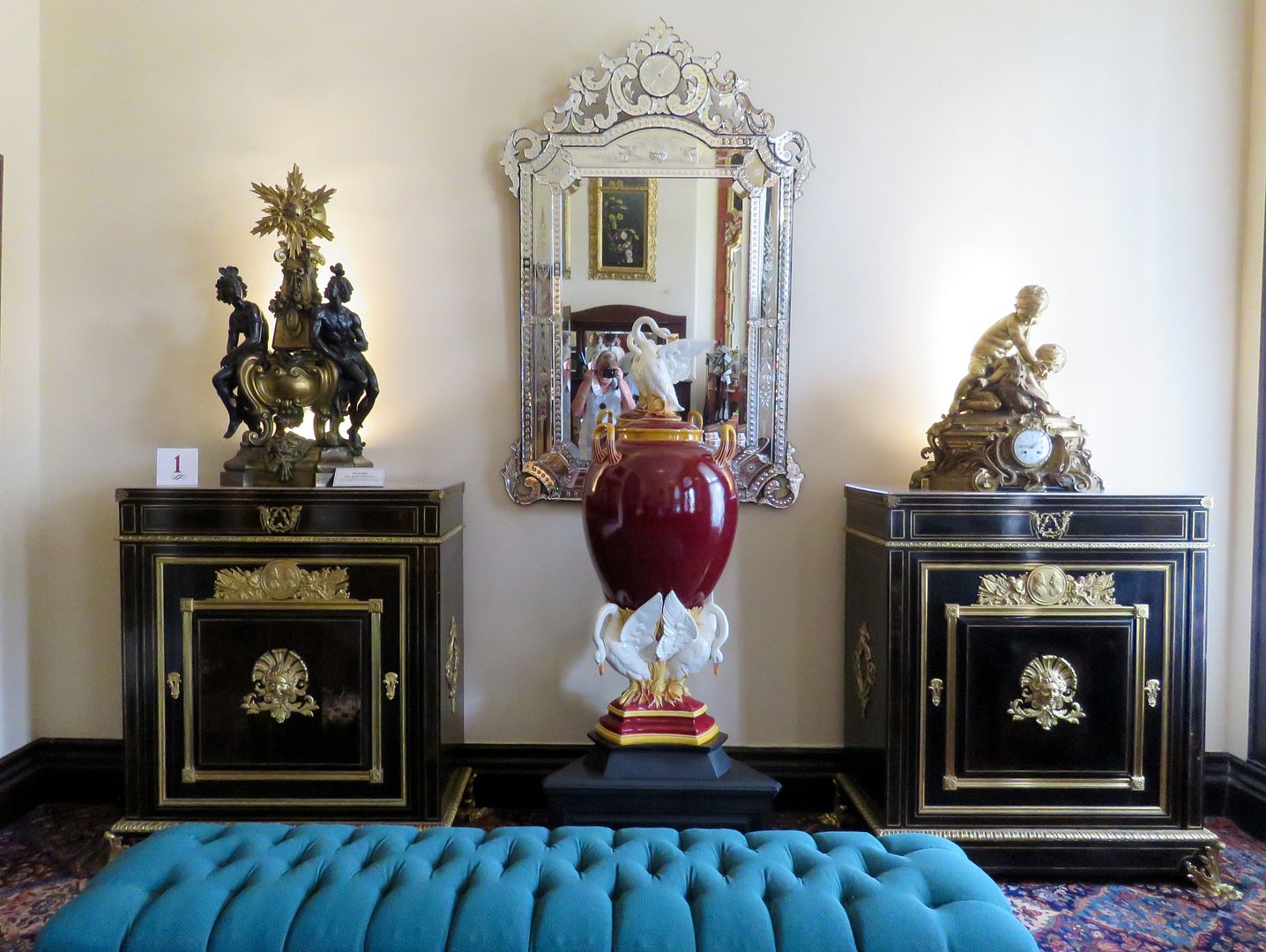
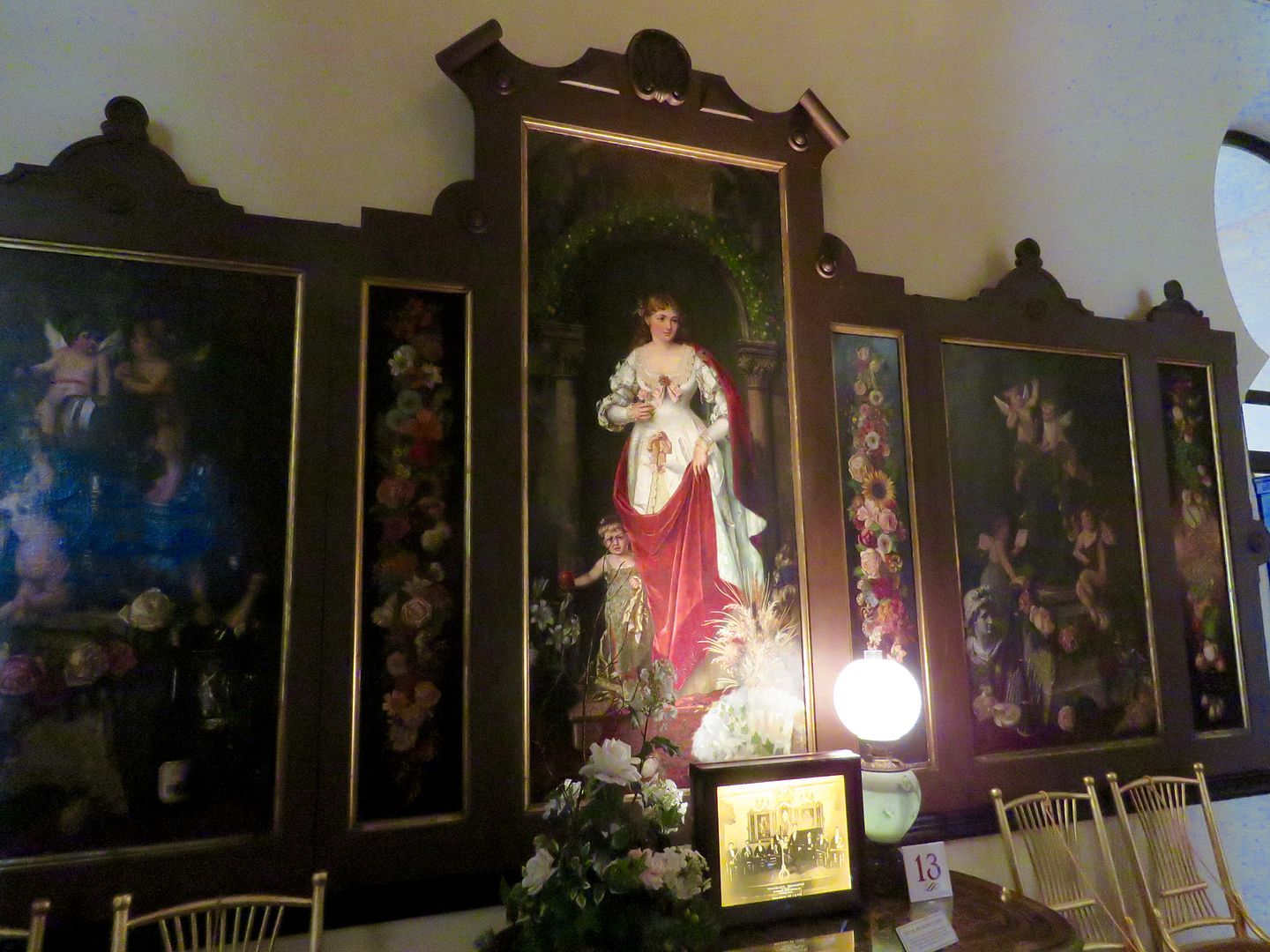
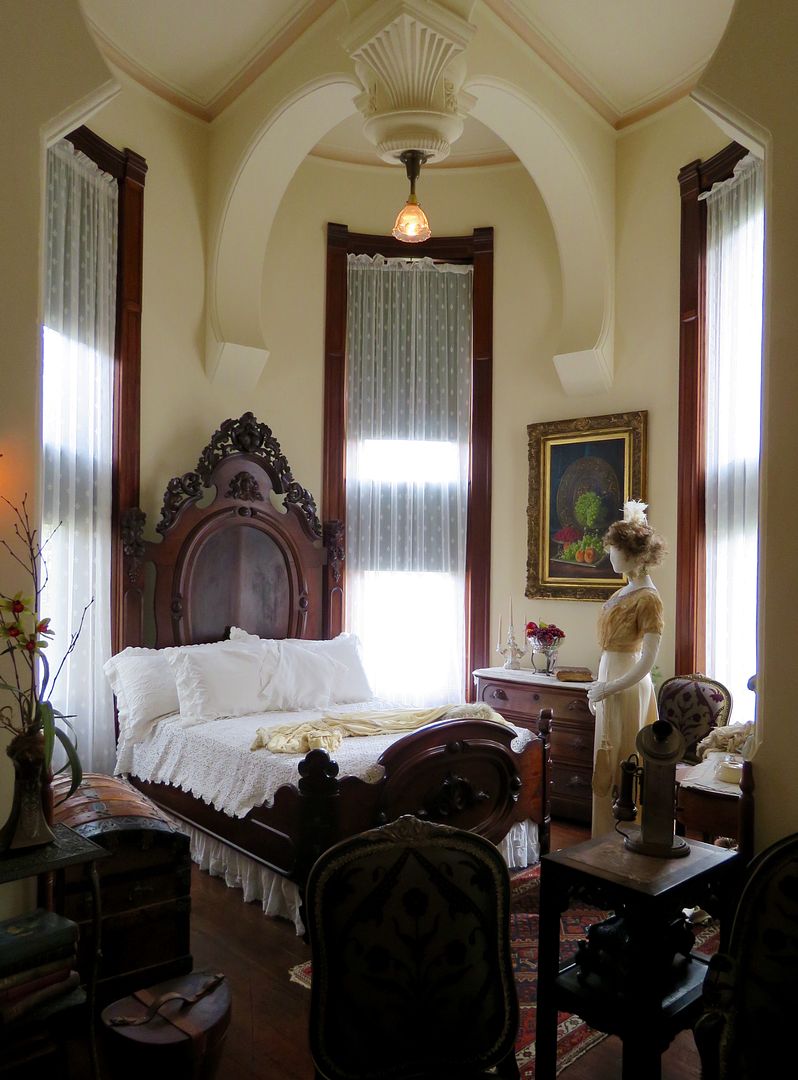
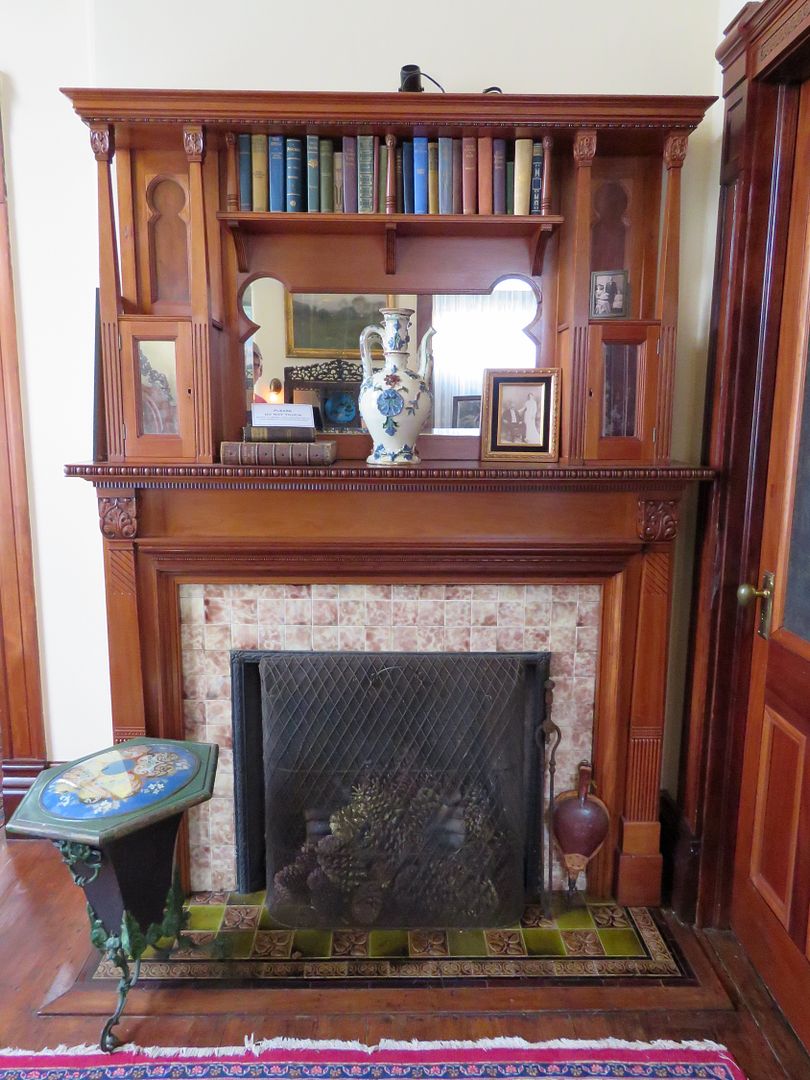
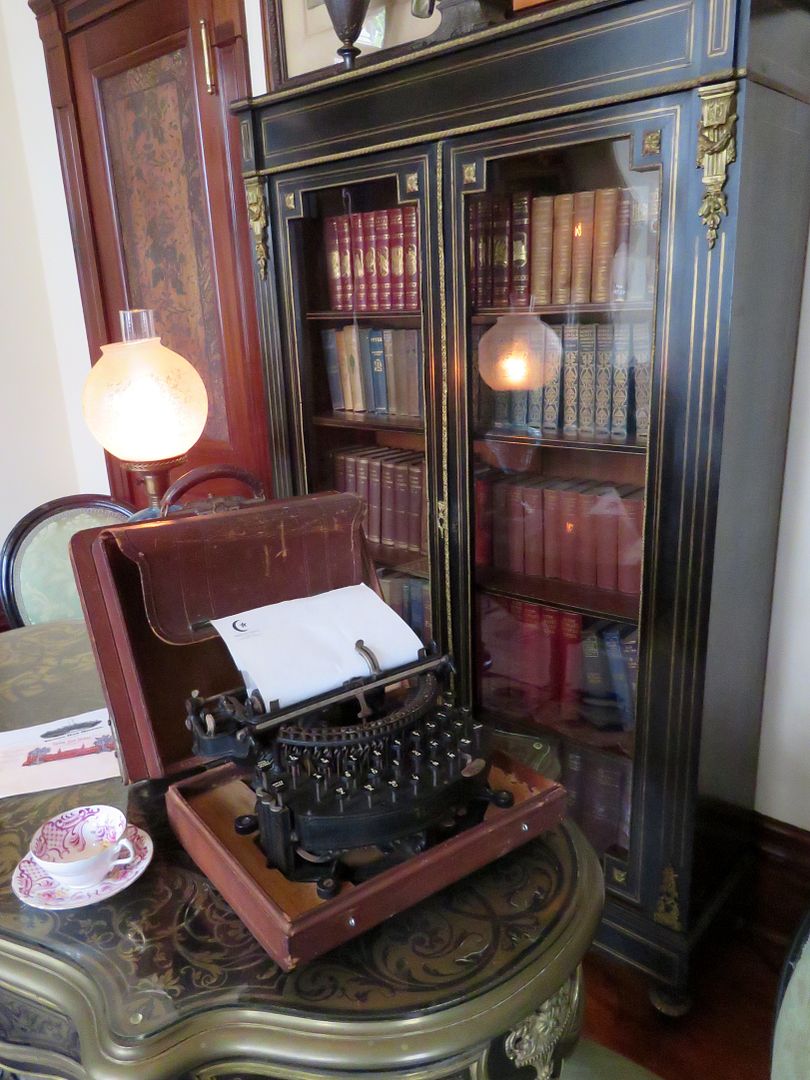


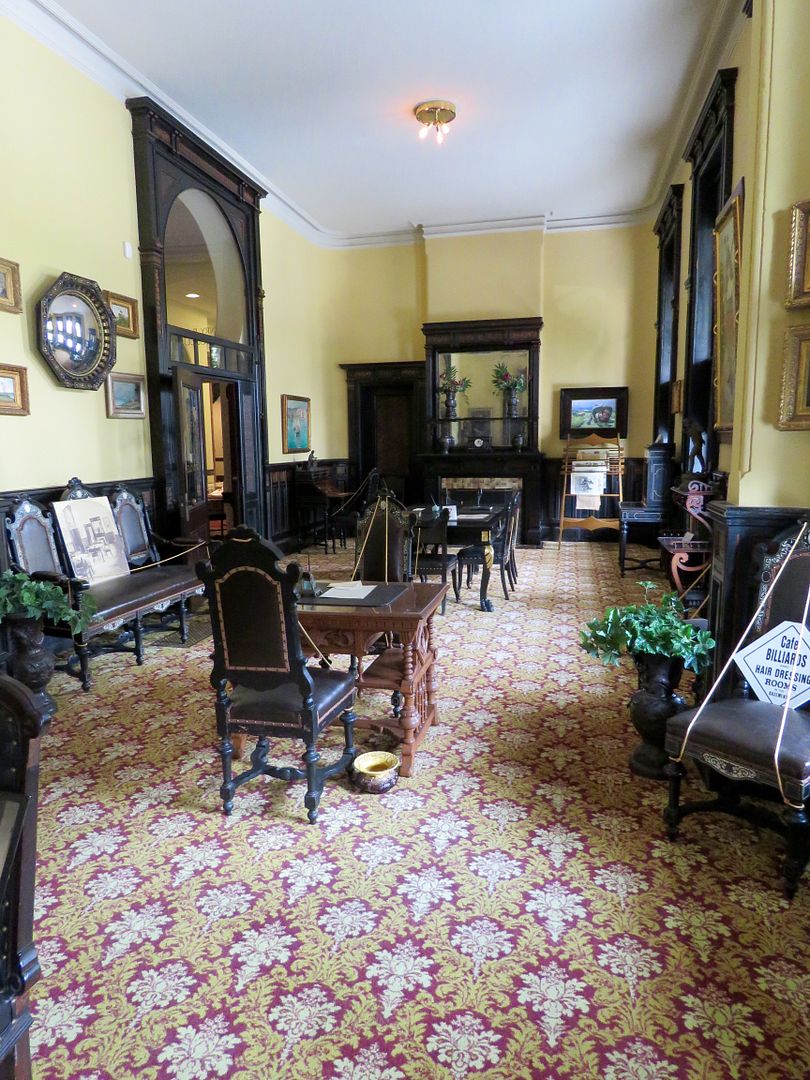

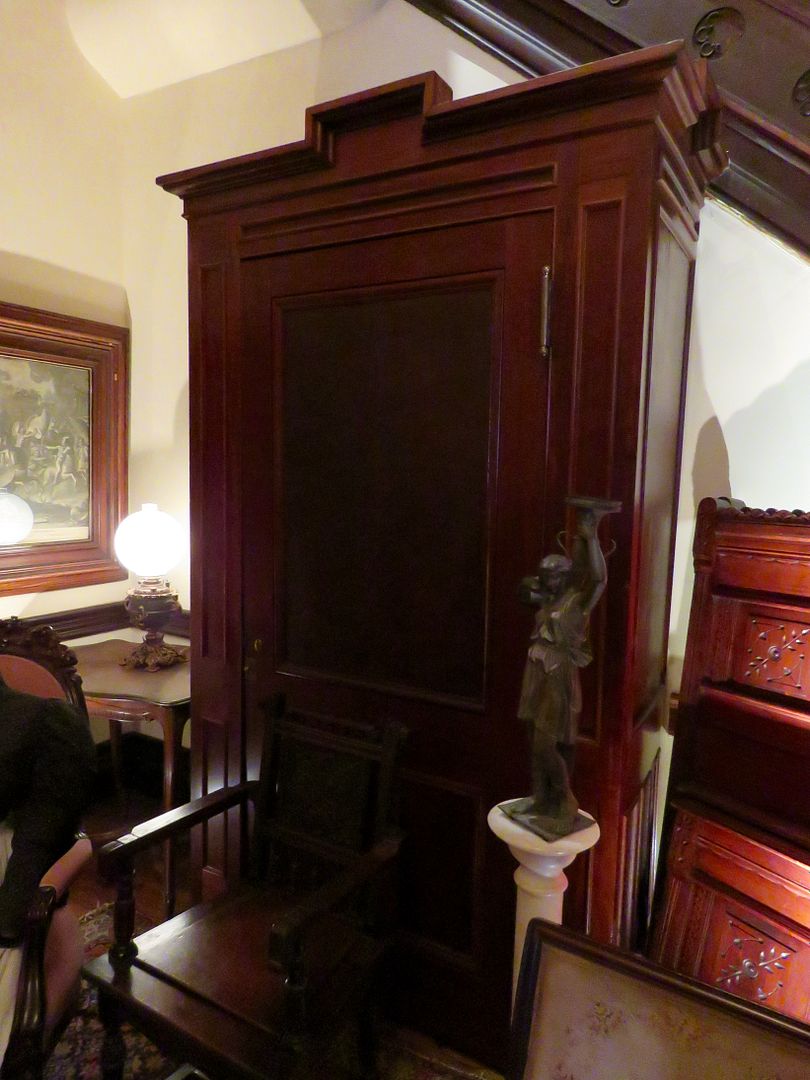
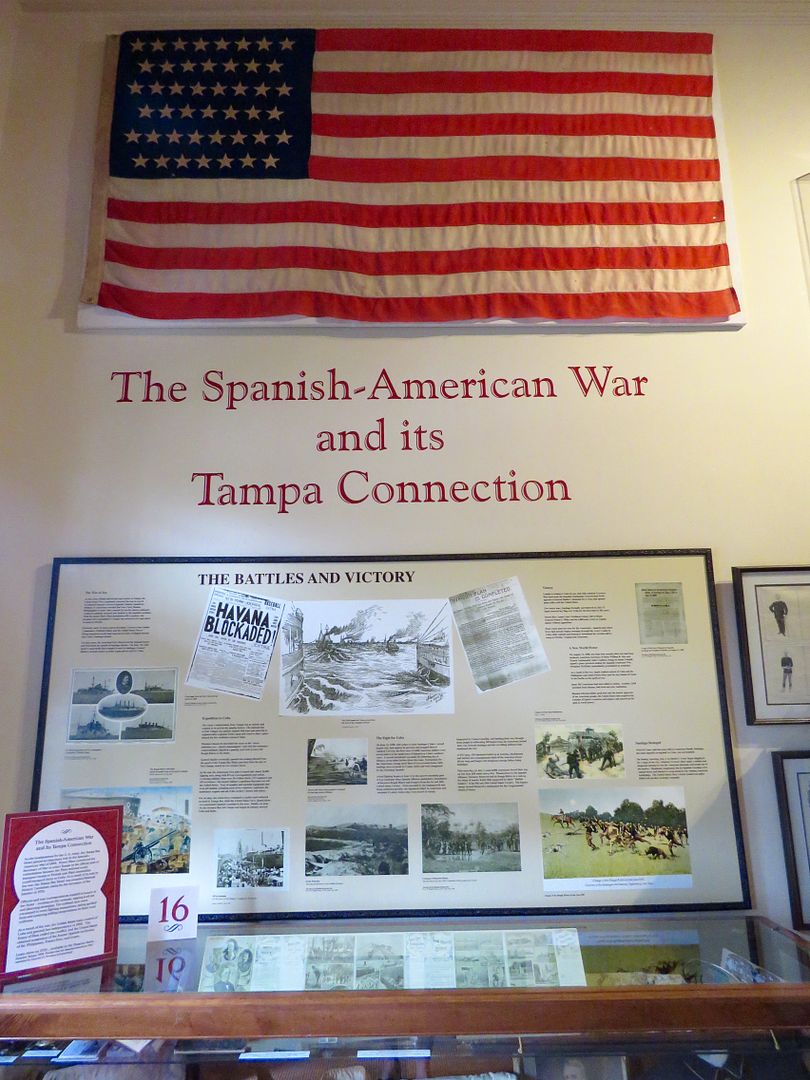
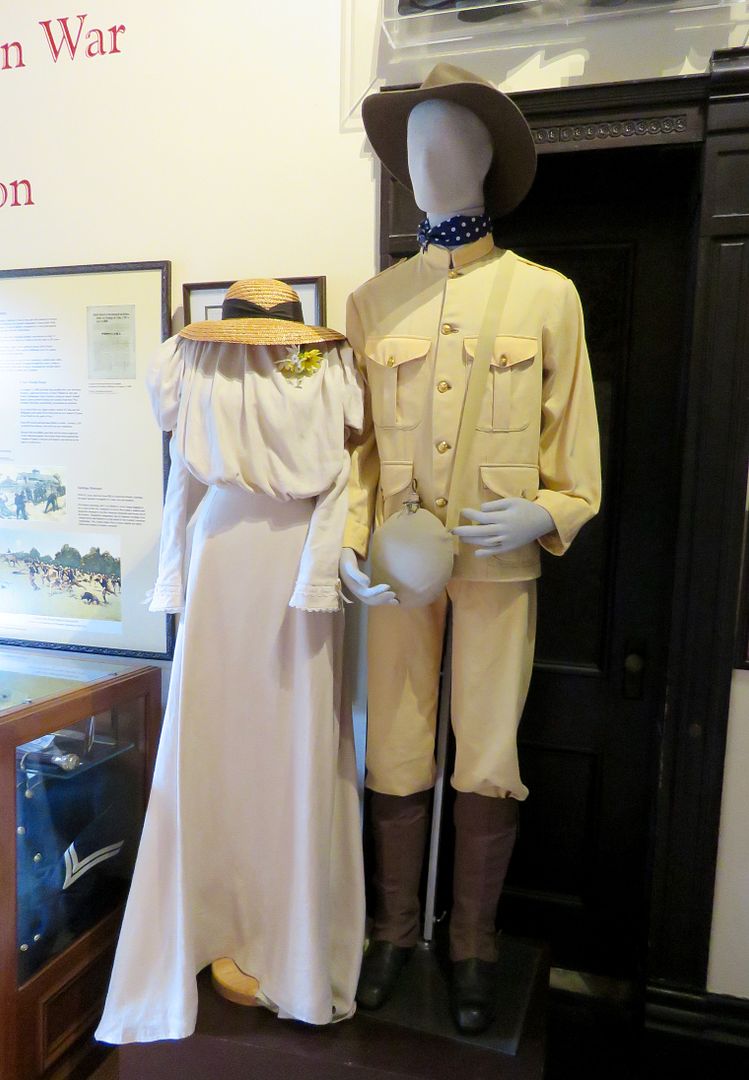
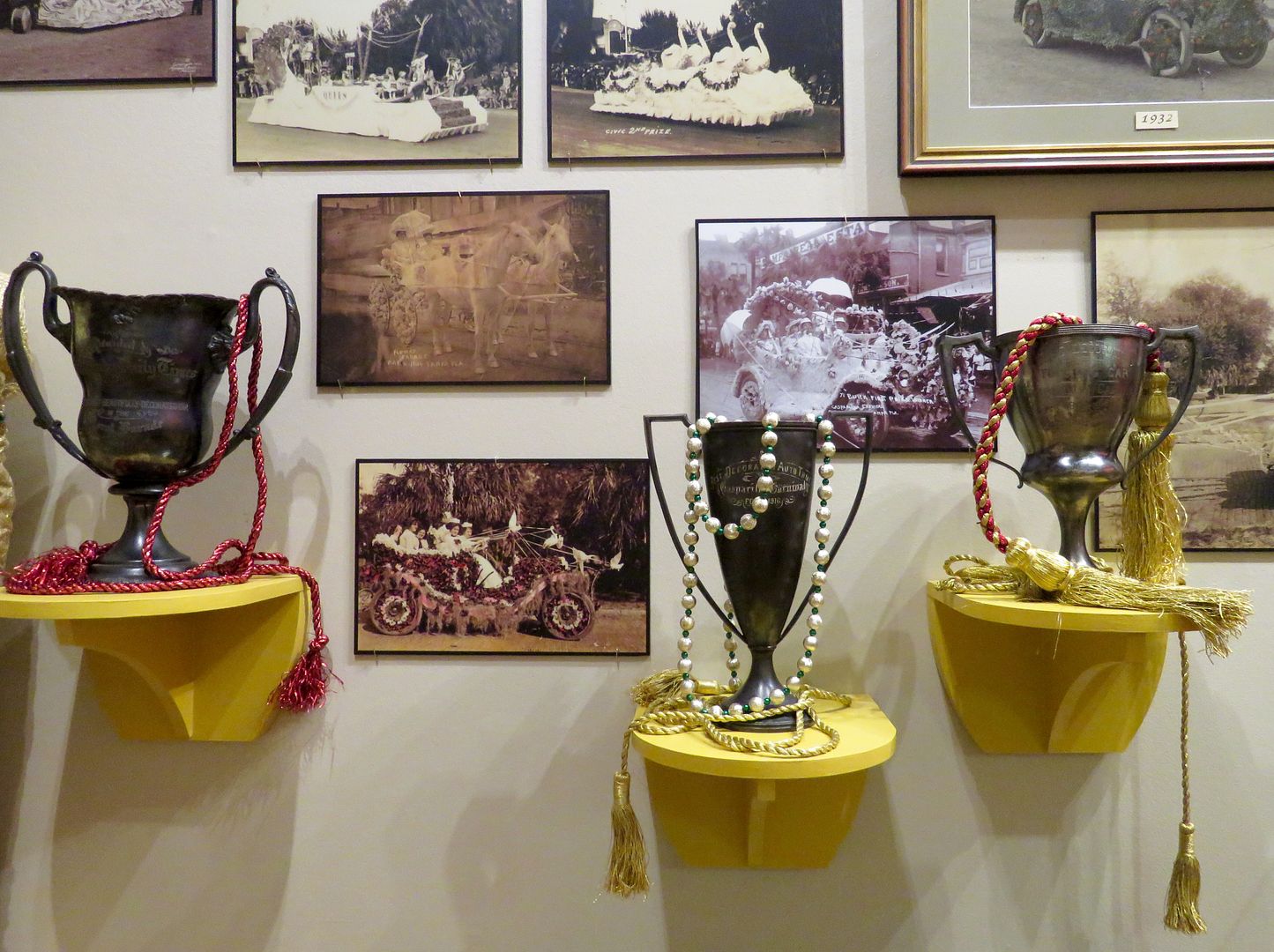
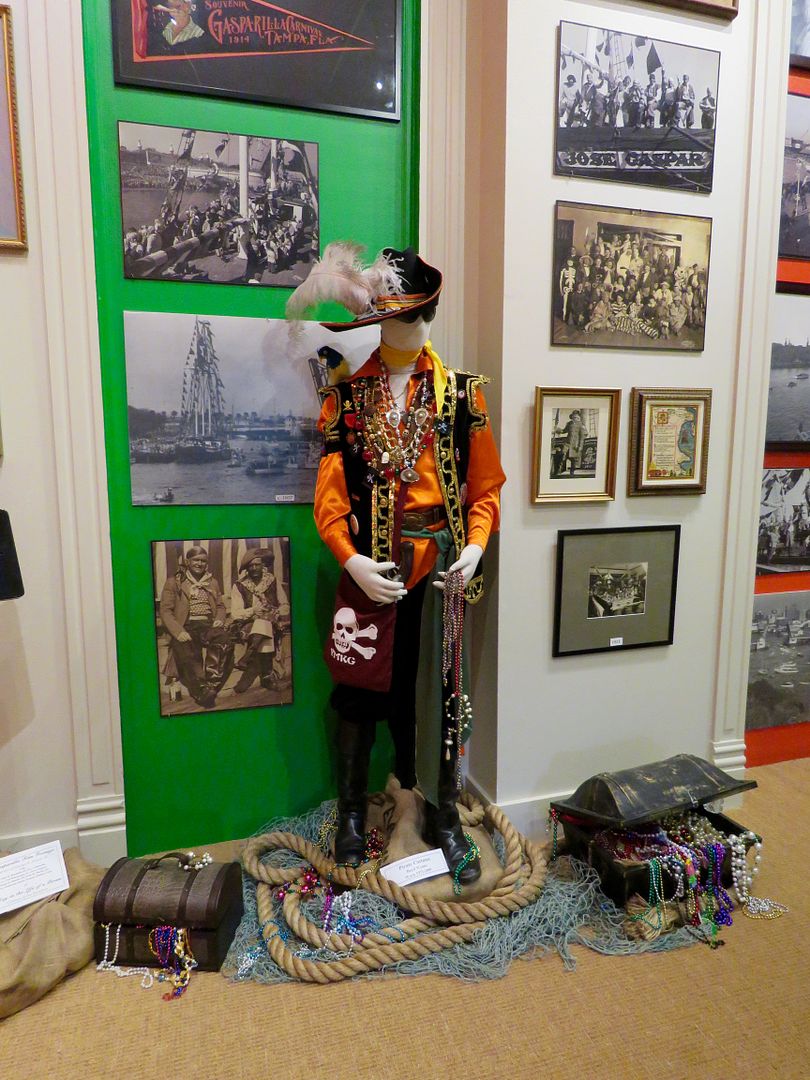

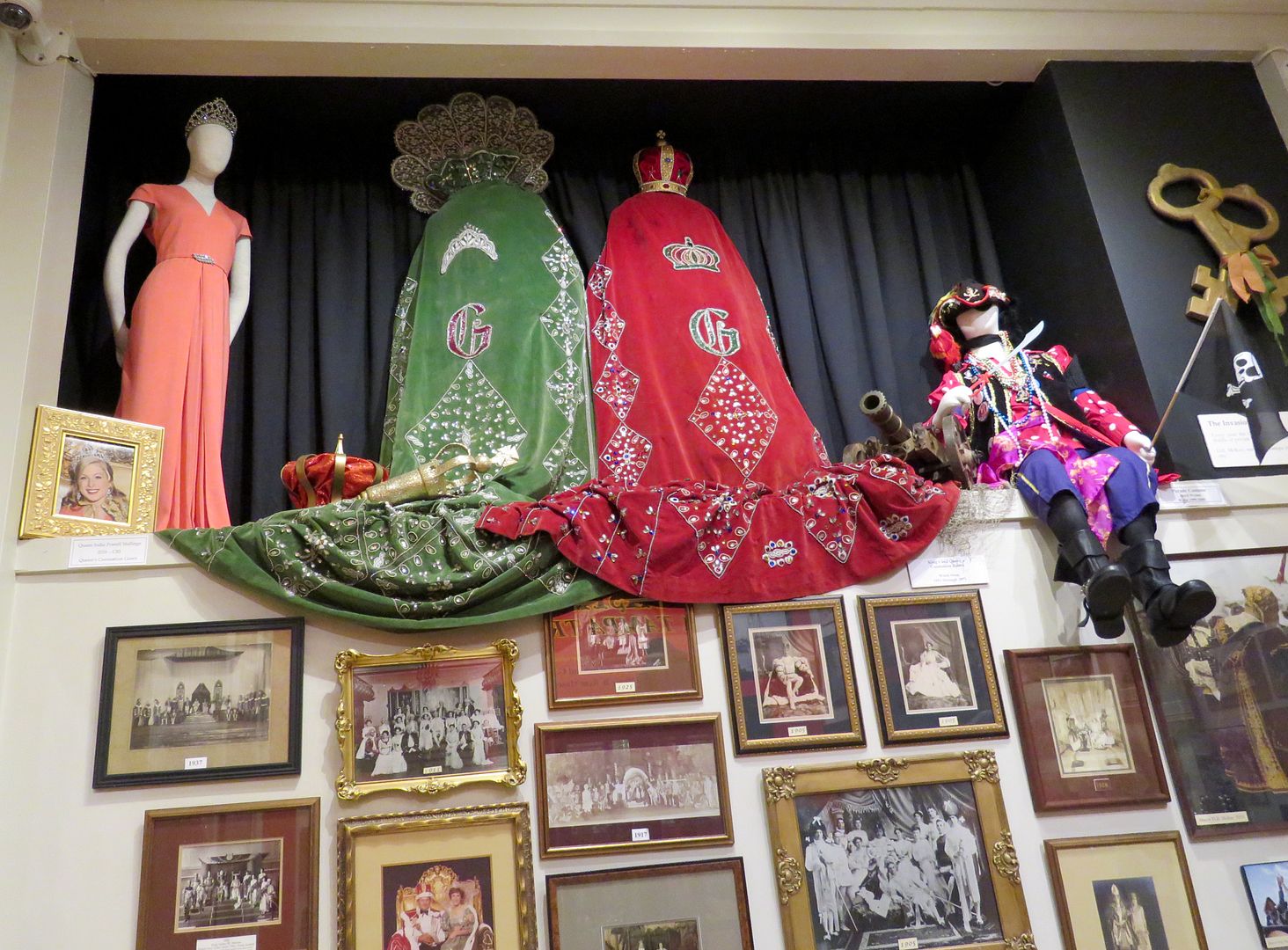




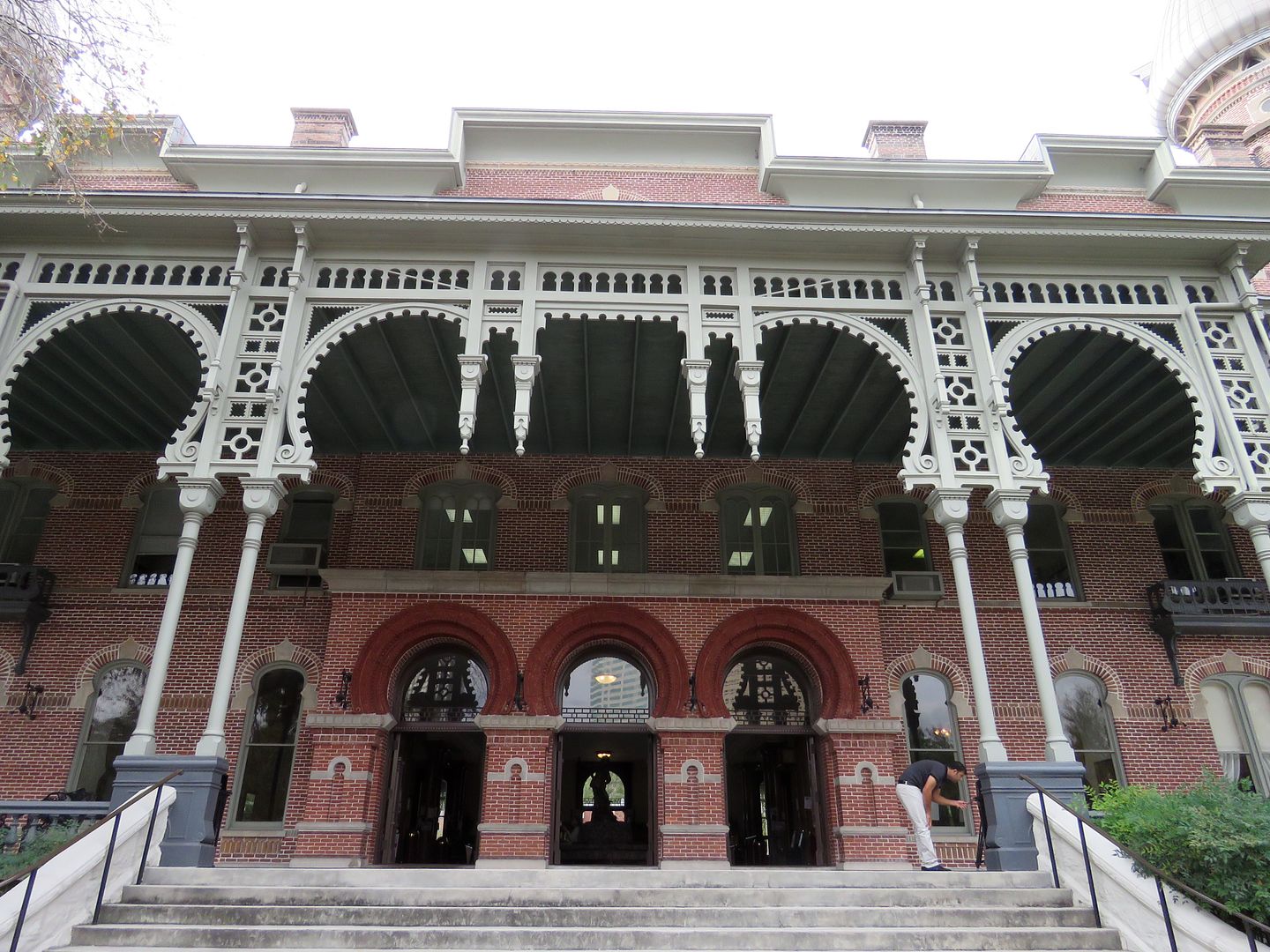

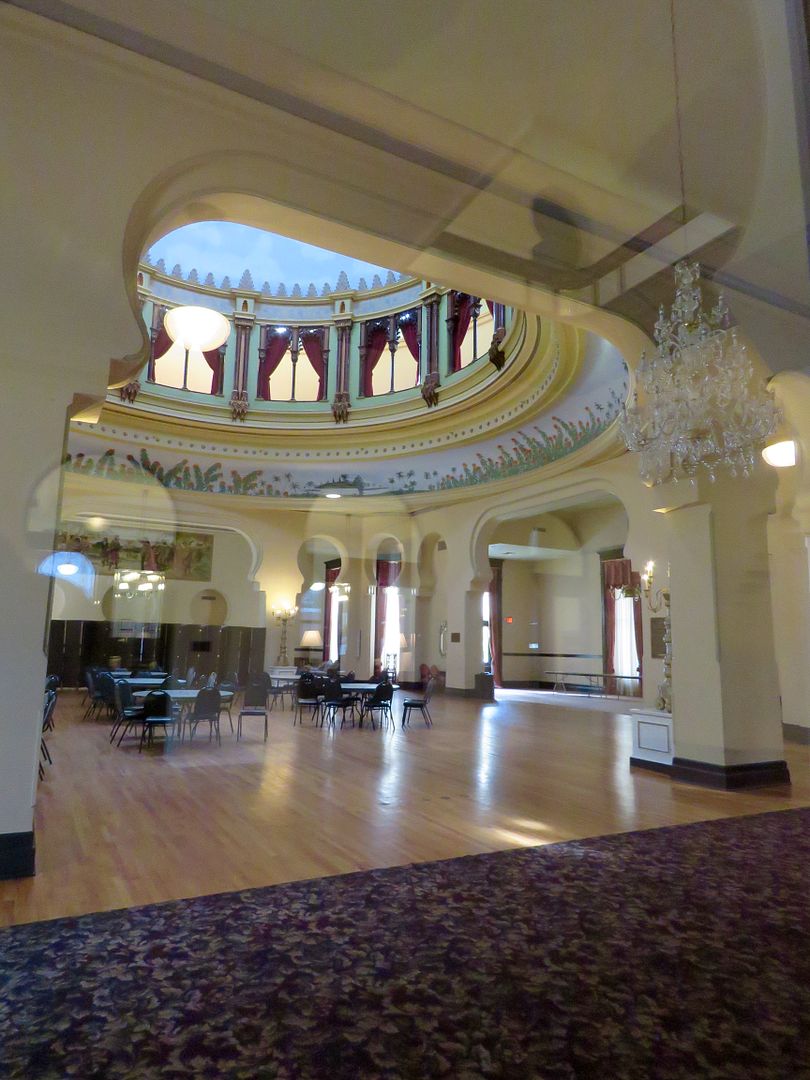


No comments:
Post a Comment